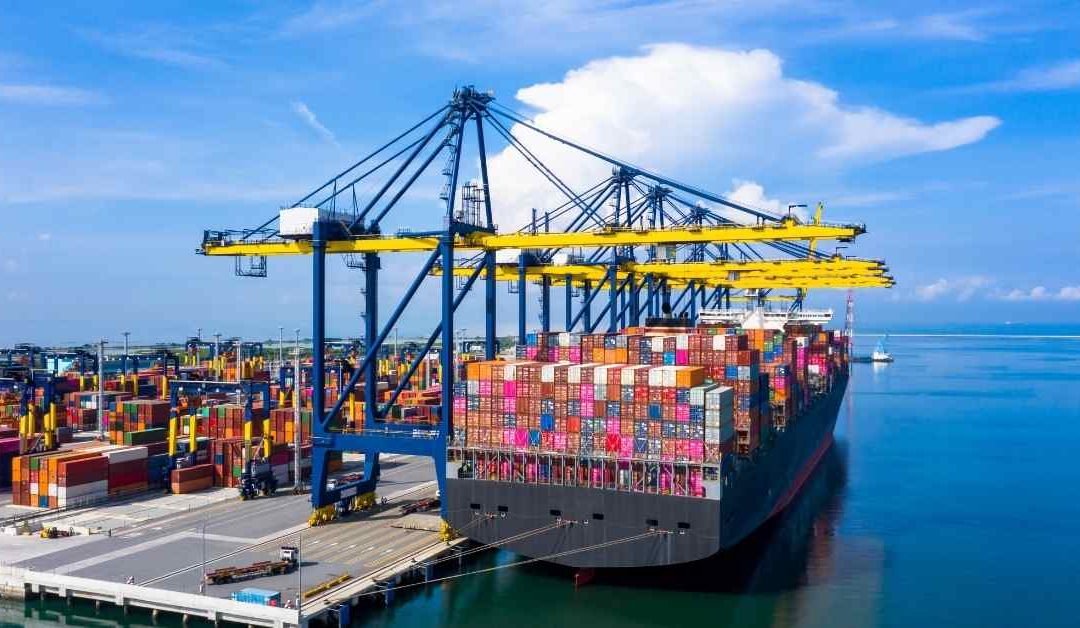The Asian high sulfur fuel oil market is likely to be bogged down for most part of 2023 by ample Russian supply, despite expectations of steady to strong demand, especially from the downstream marine fuels sector, several traders and analysts said.
Russian-origin supply is likely to increasingly find its way east following a ban on the country’s oil product exports in 2023. That could tilt the demand-supply balance more toward a market that’s likely to be long than balanced, even with expectations of steady HSFO demand from the utility sector and even more so from scrubber-fitted vessels.
“It looks like it’s going to continue … Russian barrels coming into Asia [and] weighing on the [HSFO] fundamentals,” said a Singapore-based fuel oil trader with a Western company. “No big changes on the demand side, just a lot more supply.”
It may not, however, necessarily be all doom and gloom for the Asia HSFO market as there are factors that could come into play to support demand, traders said.
China a possible swing factor
Expectations that China’s economy is likely to stage a rebound, even if gradual, would mean rising demand — and output — for middle and light distillate products. That may result in incremental demand for HSFO as a coker feedstock to produce relatively better margin products, traders said.
Beijing has issued 18.99 million mt of export quotas for clean oil products in its first batch for 2023, S&P Global Commodity Insights reported Jan. 3, citing several sources with knowledge of the matter.
The clean product quotas for exporting gasoline, gasoil, and jet fuel are 46% higher from 13 million mt issued in the same batch for 2022.
Increased freight activity due to an economic upswing could also support bunker demand, traders said.
Although high sulfur bunker fuel is estimated to account for only around 10% or so of China’s total bunker demand, most of China’s HSFO demand is met through imports, most of it, from Singapore.
Russian supply
Another factor that may support the Asia HSFO market is the slim likelihood that Russian refiners may cut run rates after the European Union’s ban on Russian oil product imports Feb. 5, said traders.
“If Russia [refiners] reduces run rates, then it might be bullish for the [HSFO] market going forward. If not, it might mean more coming in and the East market having to absorb more [Russian] barrels,” said another Singapore-based fuel oil trader.
Most market participants, however, said the trade flows that have emerged following Russia’s war on Ukraine are likely here to stay, if not consolidate, by way of higher volumes getting shipped through the respective routes.
“I don’t think [the EU ban] would change the oil flow. Russia is selling much more to Singapore, than they are to Europe anyway, so what’s the point of reducing run rate,” said a Singapore-based fuel oil trader at a major shipping company.
“[Russia] still has plenty of outlets … it’s just a little bit more difficult in terms of logistics, but not impossible, as demand for [relatively cheap] Russian fuel oil is still there. They still need the money,” said a fuel oil trader at a South Korean refiner, suggesting that it was unlikely that Russian refiners would cut run rates.
Russian HSFO fuel oil exports to Asia stood around 1.4 million mt in December 2022, up slightly from 1.3 million mt in November 2022, Kpler data showed.
Downstream demand optimism
High sulfur bunker demand is expected to be buoyant in 2023, extending a similar trend from 2022, traders said.
Market optimism broadly stems from expectations that demand will see a further uptick from more scrubber-fitted vessels coming into operations in the near- to medium-term.
“The delta between LSFO [low sulfur fuel oil] and HSFO has widened, allowing for a faster return on investment,” a Singapore-based commercial manager at a shipping company said.
The spread between the benchmark Singapore marine fuel 0.5%S cargo and the Singapore 380 CST HSFO cargo assessment averaged $261.09/mt in 2022, up from $119.69/mt in 2021, S&P Global data showed.
Singapore’s high sulfur bunker fuel sales rose 29.7% year on year to 12.42 million mt over January-November 2022, accounting for 28.4% of its total sales across all bunker grades, up from 25.8% in 2021, latest data from the Maritime and Ports authority of Singapore showed.
Source: Hellenic Shipping News






